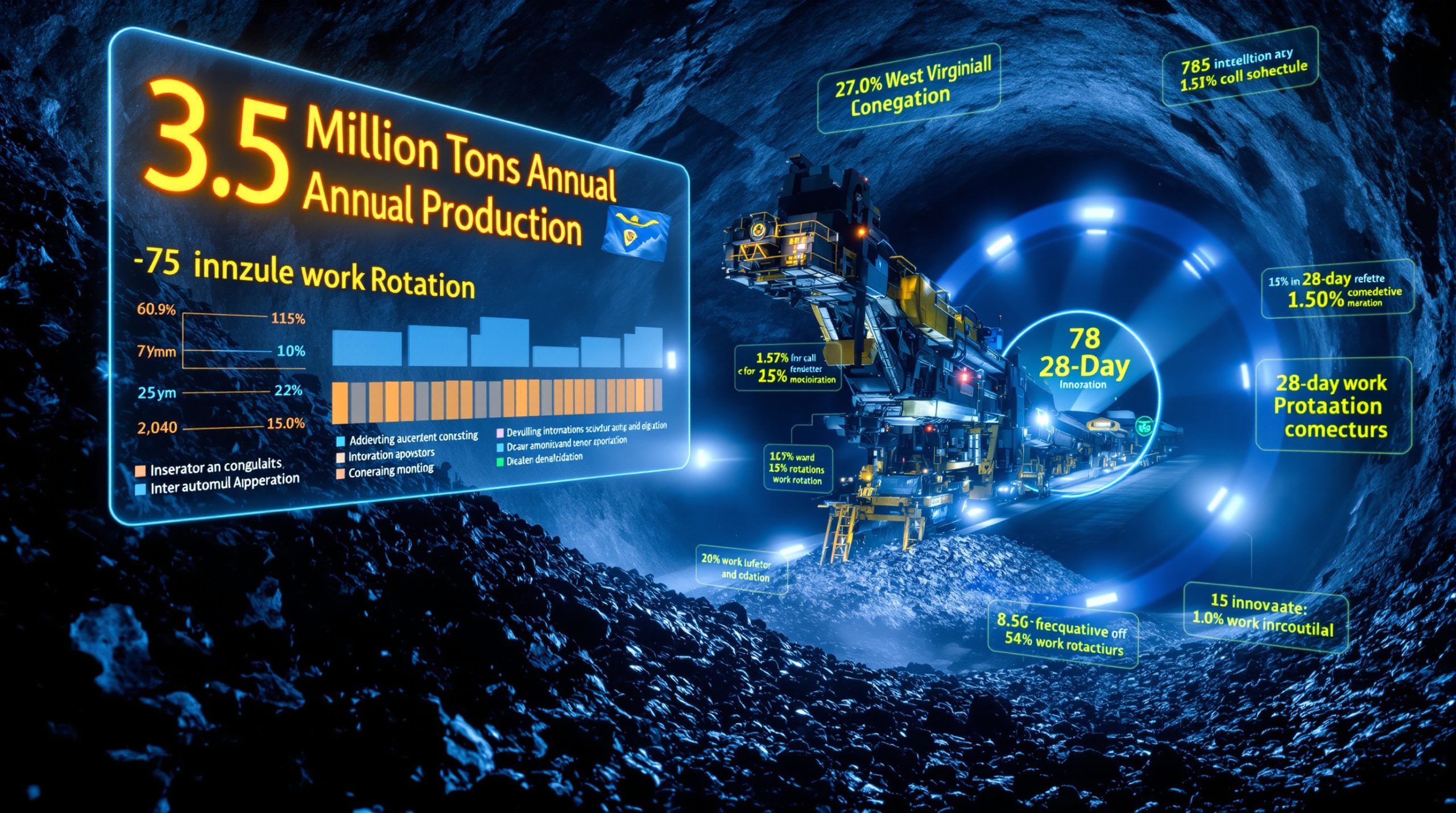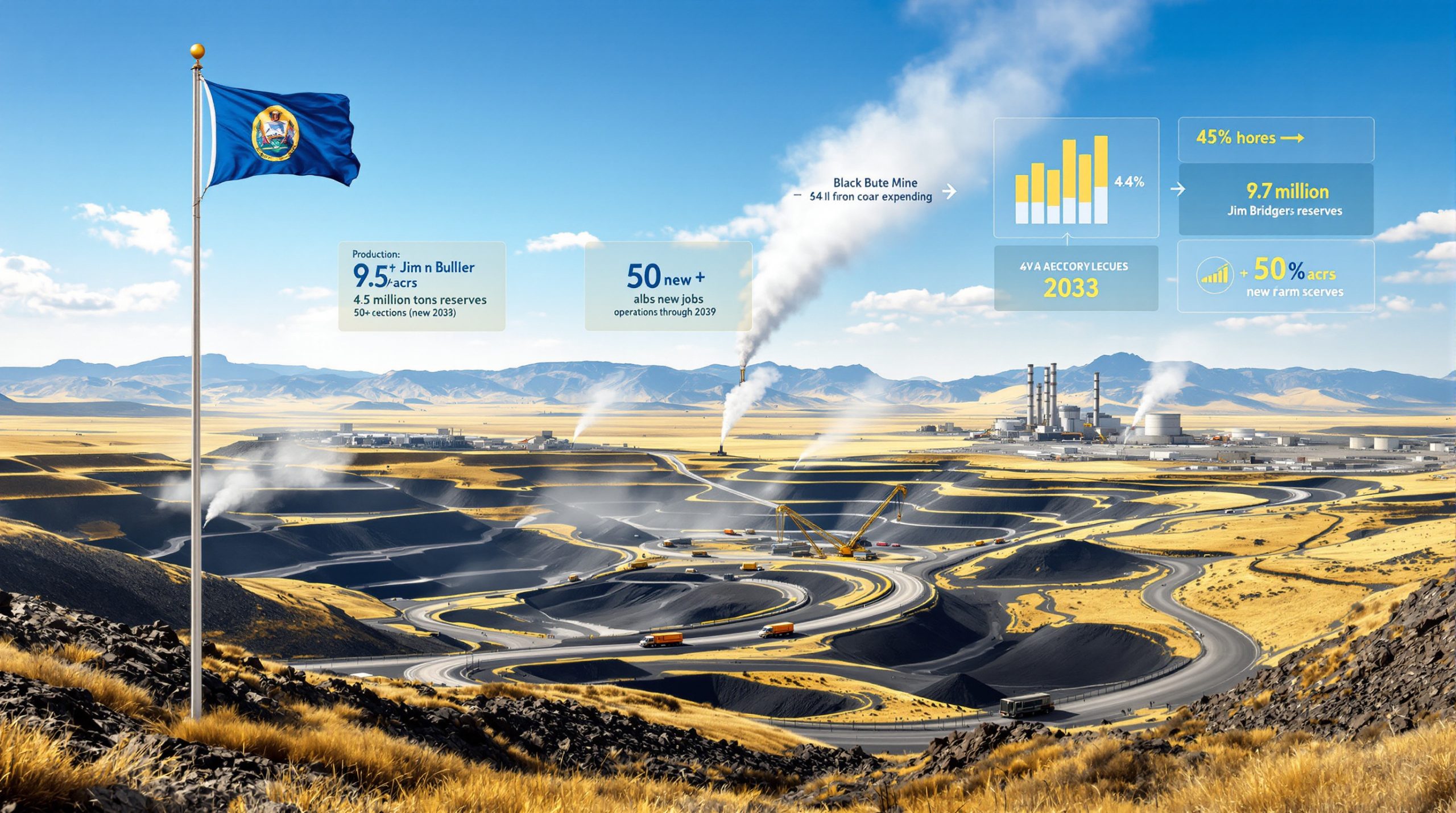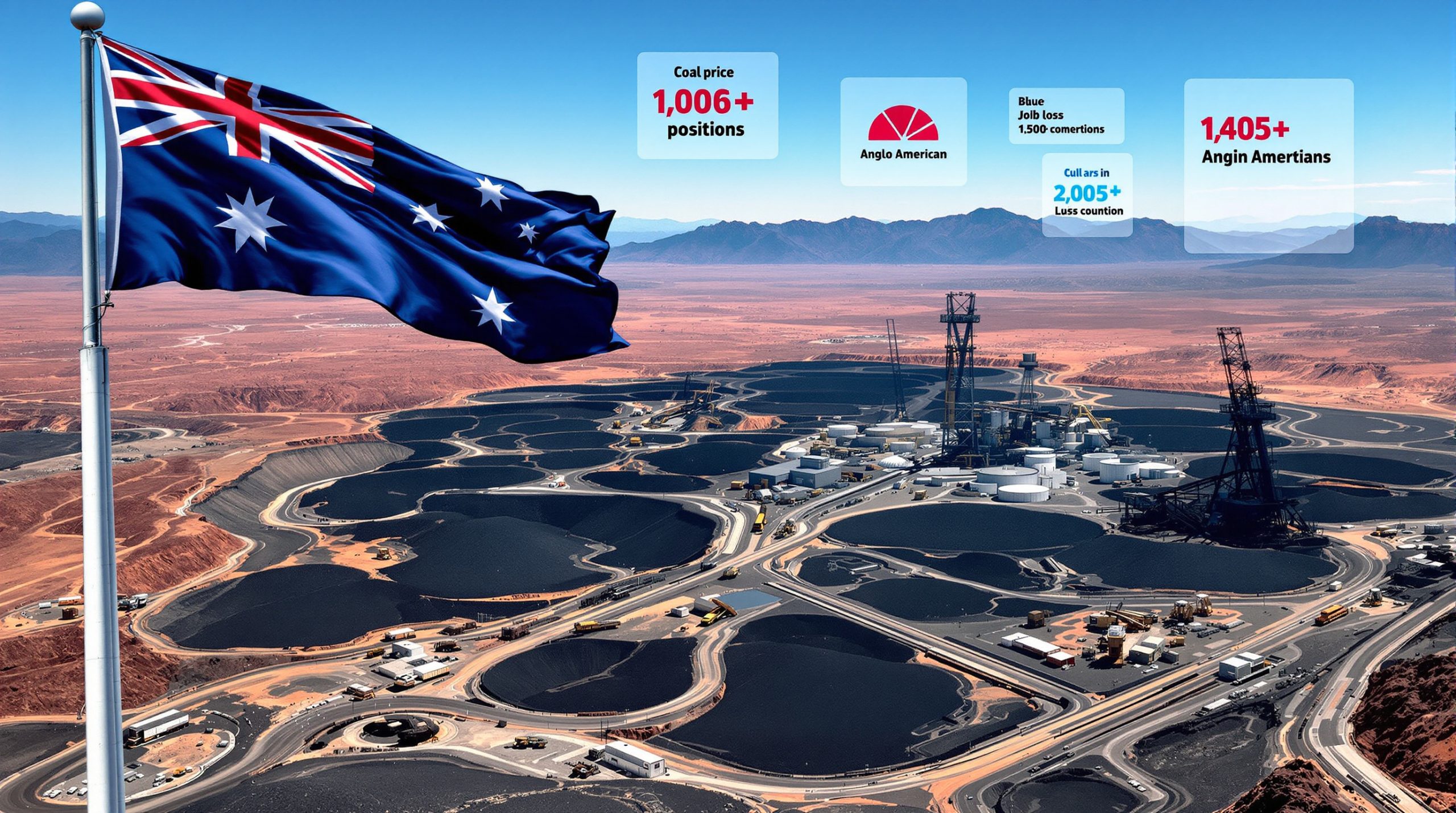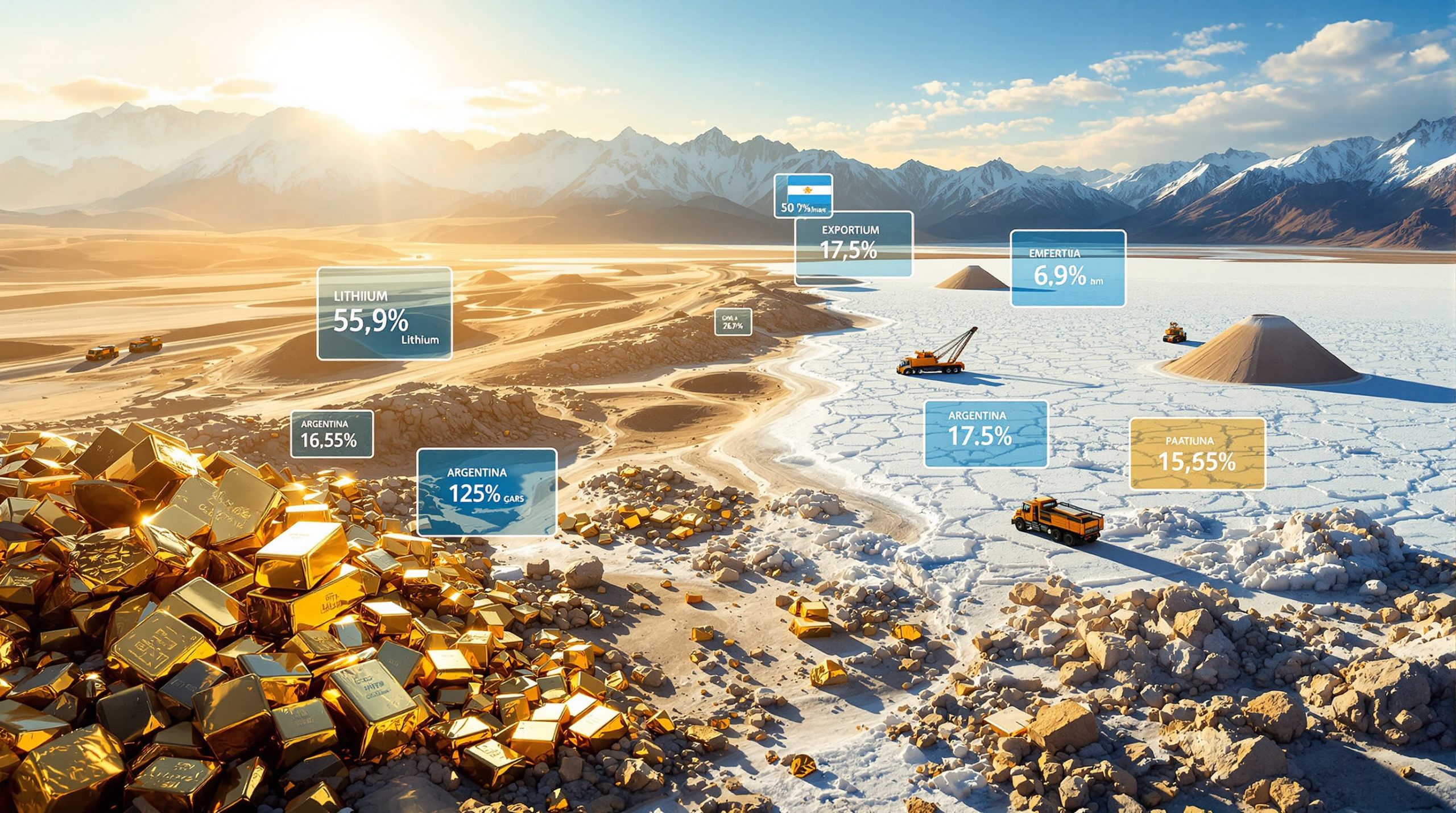How Do Commodity Traders Stabilize Global Markets?
In today's volatile global marketplace, commodity traders have emerged as crucial stabilizing forces, balancing supply and demand across borders despite geopolitical tensions and supply chain disruptions. These market makers leverage sophisticated strategies to maintain the flow of essential resources worldwide, playing a vital role in ensuring commodity traders and market stability are deeply interconnected.
When extreme events threaten to disrupt global supply chains, commodity trading giants employ their extensive networks, financial tools, and logistics expertise to redirect resources where they're most needed. From the 2022 European LNG Crisis where traders diverted cargoes from Asia to Europe, to Trafigura's multi-billion-dollar German LNG deal designed to replace Russian gas, these firms function as critical shock absorbers in turbulent markets.
What Role Do Commodity Traders Play in Global Market Stability?
The Modern Market Makers
Commodity traders function as the invisible architects of global resource distribution, connecting producers with consumers across political boundaries and geographic distances. Unlike passive financial traders, physical commodity traders actively move tangible goods—from energy products to metals and agricultural products—through complex logistics networks.
As Trafigura's spokesperson explains, "Our logistics networks act as shock absorbers during geopolitical disruptions," highlighting how these firms maintain critical supply chains even during international tensions. During the 2022-2025 period, traders rerouted approximately 15% of global LNG cargoes annually to address regional shortages and prevent extreme price volatility.
Shock Absorbers in Volatile Markets
When geopolitical crises, natural disasters, or supply chain disruptions threaten market stability, commodity traders step in to redistribute resources. Their extensive networks and risk management expertise allow them to:
- Redirect shipments to areas experiencing shortages
- Store excess supply during periods of oversupply
- Maintain price stability through strategic inventory management
- Navigate sanctions and trade restrictions to keep essential commodities flowing
A perfect illustration occurred during the Houthi Red Sea attacks, when traders successfully rerouted 12% of global oil shipments via the Cape of Good Hope, preventing potential supply bottlenecks and price spikes that would have otherwise affected global markets.
Building Resilience Through Diversification
The most successful commodity trading firms maintain diverse portfolios across:
- Multiple commodity classes (energy, metals, agriculture)
- Various geographic regions
- Different transportation methods
- Alternative supply sources
This diversification enables them to pivot quickly when disruptions occur in any single market or region. Glencore's operations in the Democratic Republic of Congo, producing approximately 30% of the country's cobalt output, demonstrate how traders create alternatives to Chinese-dominated supply chains for critical minerals energy transition.
Energy analyst Jose Chalhoub notes that "Traders' risk appetite in conflict zones ensures resource flow despite political barriers," highlighting how these firms operate in environments where traditional corporations might fear to tread.
How Do Arbitrage Strategies Contribute to Market Stability?
The Stabilizing Effect of Price Arbitrage
Arbitrage—the practice of exploiting price differences between markets—serves as a key stabilizing mechanism. When commodity traders identify price discrepancies, they:
- Purchase from lower-priced markets
- Transport commodities to higher-priced markets
- Sell at the higher price, capturing the spread
This activity naturally reduces price differences between regions, creating more uniform global pricing and preventing extreme local price spikes or collapses. Jose Chalhoub confirms that "Traders' arbitrage strategies monetize price spreads, balancing regional disparities" across global markets.
Geographic Arbitrage in Action
When Brent crude prices diverge significantly from West Texas Intermediate (WTI) prices, traders move physical oil between markets until prices converge. Market data shows the Brent-WTI spread was reduced from $10 per barrel in 2022 to just $3 per barrel by 2025 through active arbitrage strategies, demonstrating the tangible impact of trading activities on market stability.
This process:
- Prevents regional supply gluts or shortages
- Creates more predictable pricing for end users
- Reduces market volatility
- Ensures efficient resource allocation globally
Time-Based Arbitrage Through Storage
Commodity traders also engage in temporal arbitrage through strategic storage decisions:
- During contango markets (where future prices exceed spot prices), traders purchase and store commodities for future delivery
- This activity reduces current oversupply while ensuring future availability
- When backwardation occurs (spot prices exceed futures), traders release inventories, preventing shortages
BGN's CEO Rüya Bayegan explains that "Storage monetization ensures supply during seasonal demand spikes," highlighting how traders earned an estimated $2.5 billion in 2024 via contango plays alone. This was particularly evident in the 2024 European gas storage operations, where traders replenished reserves to 95% capacity before winter through strategic contango purchases.
What Impact Do Commodity Traders Have on Energy Markets?
Natural Gas and LNG Market Stabilization
The natural gas market demonstrates the critical role of commodity traders in maintaining energy security:
| Market Event | Trader Response | Stabilizing Effect |
|---|---|---|
| Europe's 2022 Russian gas crisis | Traders diverted LNG cargoes from Asia to Europe | Prevented catastrophic shortages and extreme price spikes |
| Seasonal demand fluctuations | Strategic gas storage and release | Smoothed price volatility between seasons |
| Infrastructure bottlenecks | Development of alternative supply routes | Reduced regional price disparities |
BGN's African Infrastructure investments illustrate this impact, with the firm building three LNG terminals in Nigeria and Egypt since 2023. As Rüya Bayegan observes, "Africa's growing middle class demands cleaner fuels like gas and LPG, driving infrastructure investments" that ultimately strengthen global energy security.
Oil Market Flexibility During Sanctions
When international sanctions disrupt traditional oil flows, commodity traders adapt by:
- Identifying alternative suppliers for sanctioned markets
- Finding new buyers for producers facing restrictions
- Developing creative logistics solutions to maintain flows
- Managing complex compliance requirements while keeping markets supplied
Following Western sanctions on Russian oil, traders redirected approximately 1.8 million barrels per day of Russian crude to India and China in 2023-2024, preventing both global supply shortages and the complete collapse of Russian export revenues.
Critical Minerals for Energy Transition
As demand for battery metals and rare earth elements grows, battery metals investment is becoming increasingly important as commodity traders are:
- Developing new supply chains outside traditional sources
- Investing in mining operations in frontier markets
- Creating more transparent and compliant sourcing options
- Reducing concentration risk in critical mineral supply
A Glencore executive emphasizes that "African minerals are key to Western energy transition goals," with traders sourcing approximately 40% of non-Chinese cobalt in 2024, reducing dependency on a single supply region for this critical battery material.
How Do Commodity Traders Navigate Political Risk?
Operating in Challenging Environments
Commodity traders often venture where major corporations or state entities hesitate to go. Their risk management capabilities allow them to:
- Maintain commercial relationships across political divides
- Create structured financing solutions for challenging jurisdictions
- Develop local partnerships to navigate complex regulatory environments
- Implement sophisticated compliance systems to manage sanctions risk
Energy analyst Jose Chalhoub notes that "Local partnerships mitigate regulatory risks in frontier markets," allowing traders to operate effectively even in complex political environments.
Case Study: Redirecting Russian Oil Flows
Following Western sanctions on Russian oil, commodity traders played a crucial role in preventing market chaos by:
- Redirecting Russian oil to alternative markets in Asia
- Sourcing replacement barrels for European refineries
- Managing complex logistics to accommodate longer shipping routes
- Developing alternative payment mechanisms to facilitate legitimate trade
These efforts ensured that global oil markets remained supplied despite one of the most significant trade disruptions in recent history, with approximately 800,000 barrels per day of Iranian oil continuing to reach markets via Oman-based intermediaries in 2023, despite extensive international sanctions.
Building Bridges Between Resource-Rich Nations and Markets
In resource-rich developing nations, commodity traders often:
- Provide pre-financing for production
- Develop infrastructure to enable exports
- Create market access for previously stranded resources
- Implement ESG standards and compliance frameworks
An example is Venezuelan oil, where approximately 500,000 barrels per day continued to reach international markets in 2024 through complex trading structures, providing essential foreign exchange to a struggling economy while maintaining global supply balance.
What Financial Tools Do Commodity Traders Use to Manage Volatility?
Hedging Strategies for Price Stability
Commodity traders employ sophisticated hedging techniques to manage price risk:
- Futures contracts to lock in prices (hedging approximately 80% of physical trades with NYMEX/WTI contracts)
- Options strategies to protect against extreme movements
- Swaps to manage basis risk between different commodity grades
- Structured products to address complex risk profiles
These financial tools allow traders to offer fixed-price arrangements to both producers and consumers, reducing price uncertainty throughout supply chains and creating stability in otherwise volatile markets.
Financing Solutions for Market Participants
Beyond physical trading, commodity firms provide crucial financing:
- Pre-export financing for producers
- Inventory financing to manage seasonal production
- Receivables financing for processors and distributors
- Project financing for infrastructure development
This financial liquidity supports the entire commodity ecosystem, particularly during market stress. Structured financing for producers in sanctioned regions, such as prepayment models for Venezuelan oil, demonstrates how traders maintain critical supply chains even when traditional banking channels are restricted.
Risk Management Through Information Advantage
Leading commodity traders maintain extensive market intelligence networks that:
- Track vessel movements globally
- Monitor storage levels in key hubs
- Assess production disruptions in real-time
- Analyze changing consumption patterns
This information advantage enables them to anticipate and respond to market imbalances before they create significant volatility, often employing advanced AI algorithms to predict contango opportunities and optimize trading strategies.
How Are Commodity Traders Evolving in Response to Market Changes?
Adaptation to Energy Transition Demands
As global energy systems transform, commodity traders are:
- Expanding into renewable energy trading
- Developing carbon credit trading capabilities
- Investing in battery metals supply chains
- Creating blended fuel solutions for transitioning markets
Many major traders now mix biofuels with traditional petroleum products to meet EU carbon mandates, helping refiners and consumers navigate increasingly complex regulatory requirements while reducing overall emissions.
Digital Transformation of Trading Operations
Technology is reshaping commodity trading through:
- Blockchain solutions for trade documentation
- AI-powered market analysis and trading algorithms
- IoT monitoring of physical commodity movements
- Digital platforms connecting buyers and sellers directly
Trafigura's blockchain-based cargo tracking systems illustrate how technology is enhancing transparency throughout supply chains, allowing for real-time verification of cargo origins, specifications, and compliance status.
ESG Integration and Transparency
Modern commodity traders increasingly focus on:
- Traceable and certified supply chains
- Carbon footprint reduction in logistics
- Community engagement in resource-producing regions
- Transparent reporting on environmental and social impacts
Glencore's "Fair Cobalt Initiative" in DRC mines exemplifies this approach, implementing rigorous standards to meet EU compliance requirements while improving community conditions in resource extraction areas.
What Would Markets Look Like Without Commodity Traders?
Potential Consequences of Reduced Trading Activity
Without commodity traders' market-making functions:
- Price volatility would likely increase significantly
- Regional shortages and gluts would become more common
- Smaller producers would struggle to access global markets
- Consumers would face greater supply uncertainty
The 2022 European gas crisis demonstrated this value, as traders' ability to divert LNG cargoes from Asia to Europe prevented catastrophic energy shortages that would have otherwise severely impacted European industrial production and residential heating.
The Cost of Market Stability
While commodity traders profit from market inefficiencies, these profits effectively represent:
- The cost of providing liquidity to markets
- Compensation for assuming risks others avoid
- Investment in logistics infrastructure
- Payment for specialized market knowledge
The $2.5 billion earned via contango strategies in 2024 can be viewed as the cost of ensuring future supply security during volatile market conditions—a premium consumers and producers ultimately pay for more stable and predictable resource flows.
Balancing Commercial and Public Interests
The most effective commodity trading firms balance:
- Commercial objectives to generate returns
- Market stabilization that benefits the broader economy
- Compliance with evolving regulatory requirements
- Adaptation to changing societal expectations
Third-party audits for Russian oil transactions demonstrate how traders navigate the delicate balance between maintaining essential resource flows and adhering to international sanctions and tariffs impact markets requirements.
How Can Commodity Trading Enhance Global Resource Security?
Creating Resilient Supply Chains
Commodity traders contribute to resource security by:
- Maintaining diverse supply options
- Developing redundant logistics pathways
- Investing in strategic storage capacity
- Building relationships across competing political blocs
BGN's investment in Egyptian LNG imports, which increased 25% in 2024 through trader-negotiated flexible contracts, demonstrates how traders strengthen energy security by developing alternative supply sources and infrastructure.
Smoothing Transition to New Energy Systems
As the world shifts toward cleaner energy, commodity traders help:
- Balance intermittent renewable generation with flexible fuels
- Develop markets for emerging commodities like hydrogen
- Create price discovery mechanisms for new resources
- Finance infrastructure for changing energy systems
The growth in African gas infrastructure, with BGN building three major LNG terminals since 2023, shows how traders are helping develop the flexible fuel systems needed to complement growing renewable energy deployment.
Promoting Market Transparency and Efficiency
Leading commodity firms increasingly support:
- Standardized pricing benchmarks
- Digital trading platforms that increase transparency
- Improved data sharing across supply chains
- Industry initiatives to reduce market manipulation
The dramatic reduction in the Brent-WTI spread from $10 to $3 per barrel between 2022 and 2025 demonstrates how traders' activities promote more efficient, transparent price discovery across global markets.
FAQ: Understanding Commodity Trading and Market Stability
What is the difference between financial and physical commodity traders?
Financial commodity traders primarily deal with derivatives and never take physical possession of commodities. Physical traders actually move tangible goods through the supply chain, managing logistics, storage, and quality control while often using financial instruments to hedge price risk.
How do commodity traders make money during market disruptions?
Commodity traders profit from market inefficiencies by:
- Exploiting price differences between regions (spatial arbitrage)
- Leveraging storage during price contango (temporal arbitrage)
- Providing liquidity when others exit markets
- Offering risk management solutions during uncertainty
The estimated $2.5 billion earned through contango strategies in 2024 demonstrates this profit model, with traders essentially being paid to provide market stability during volatile periods.
Are commodity traders regulated?
Commodity traders face increasing regulation, including:
- Financial regulations when trading derivatives
- Sanctions compliance requirements
- Anti-money laundering provisions
- Growing ESG reporting expectations
- Industry-specific regulations in different jurisdictions
The development of comprehensive third-party audit systems for Russian oil transactions shows how traders adapt to increasingly complex compliance requirements while maintaining essential market functions.
How do commodity traders affect consumer prices?
While commodity traders profit from market inefficiencies, their activities generally moderate price extremes by:
- Preventing severe local shortages that would spike prices
- Reducing oversupply situations that might collapse producer economics
- Smoothing seasonal price fluctuations through storage
- Creating more efficient global distribution of resources
The redirection of 1.8 million barrels per day of Russian crude to alternative markets following sanctions demonstrates how traders prevent extreme price dislocations that would otherwise impact consumers globally.
What role do commodity traders play in developing economies?
In emerging markets, commodity traders often:
- Provide crucial export channels for natural resources
- Offer financing that local banking systems cannot provide
- Develop infrastructure to enable market access
- Transfer technical expertise and international standards
- Create more predictable revenue streams for governments
BGN's African infrastructure investments and Glencore's DRC operations exemplify how traders create economic opportunities in developing regions while improving global resource security. For investors looking to gain exposure to commodities, consulting an ETCs investment guide can provide valuable insights into this complex but essential market sector.
Ready to Capture Opportunities in the Commodity Markets?
Don't miss out on major trading and investment insights from ASX-listed commodity companies. Visit the Discovery Alert discoveries page to learn how their proprietary Discovery IQ model can help you identify significant opportunities before the broader market catches on.




